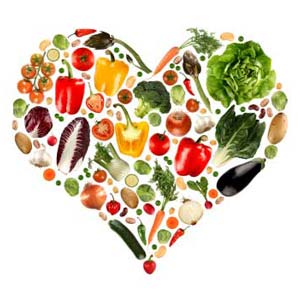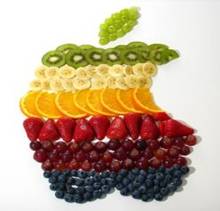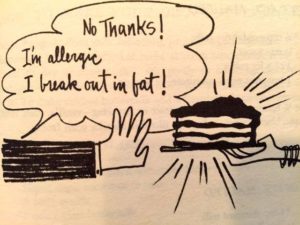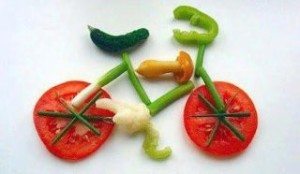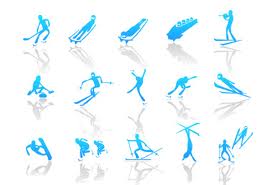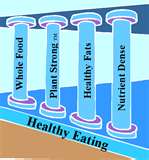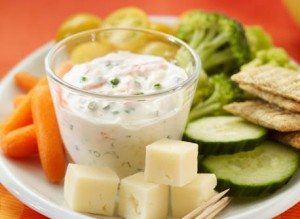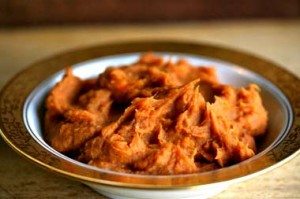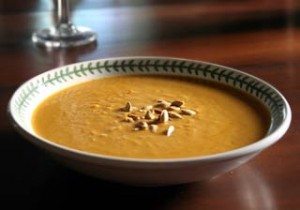Time to Chime on the Time to Shine Ilana Katz MS, RD, CSSD
As we start off a new decade, many are making resolutions for the new year and the new “you” and then many become “resolutioner” haters simultaneously. I have been seeing both sides and wanted to chime in with my own $0.02 worth.
There are many polls that throw out stats of how many people tend to make new years resolutions (it so happens an average of ~50% of Americans make new year’s resolutions based on weight, fitness and health) and then those same polls also predict, based on collected data in the past that of that 50% about 85% have given up by the time February rolls around.
It is my personal observation that the other 50% can be split into two groups: those that have already made health and wellness a big part of their lives and those that simply do not set goals at opportune times, because they are just not ready, willing or even “able.”
For the gym rats, many of jokes about resolutioners are about how the gym is overcrowded in the first few days of January, but do not sweat (yeah, really don’t sweat, pun intended), because as soon as the temps drop more than 10os in a day, this space will be freed up again. For the non-opportunists, there may be many factors going on – they are not yet ready for change or they do not believe in resolutions, particularly new year’s ones, yada yada, yada. And then there is the wellness practioners, who would love for everyone to have health, wellness, fitness and nutrition goals all year round…. See where I am going with this. Lets all stay on the positive side of wherever you may stand on New Year’s resolutions and support each other.
Do not be a hater:
There are many that need the support and encouragement to push through January, make it to February and beyond. The ones that have already made it a lifestyle can certainly be a support system and role models to represent qualities it takes to make fitness and health a habit. Remember the days it may have been a struggle for you, and what it took to make it part of your life.
I commend those for finding something in the clean, new slate whether it be a new decade, a new year, a new month a new week, or even a new day – there is certainly something that makes the “new” enable the thought of reset and find the courage to begin an objective. Support the resolutioners, invite them to your party, as the more the merrier, right. I personally love it when the gym is buzzing.
Non-resolution thing one (those that do not need the “new and fresh” slate to set objectives because they see these opportunities all year round:
Firstly, my hat goes off to you. It takes a special type to be driven, objective and accomplished. Many others could use some of your methods, whether it be by osmosis or by example – see rule number 1: Be a motivator rather than a hater.
Non-resolution thing two (those that fail at resolutions time after time):
For you guys, it may be time to do things slightly differently. Here are some ways to get past the most common pitfalls when setting resolutions:
- Instead of making the same resolutions over and over again, that never seem to amount to much, switch up to focus on OUTCOMES rather than resolutions. Outcomes mean actions/behaviours that you are ready and willing to change. For example, if fitness is an outcome, the behavior you will need to change is to make time in your day to get active (walk, jog, gym, etc.) or if weight loss is an outcome, then you must be willing to change the way you eat.
- Focus on one or two (without overwhelming yourself) goals at a time. Make your outcomes reachable, maintainable and measureable. Which outcome seems most reasonable and exciting to you. Start there. Results attract confidence and confidence increases success which further enables the next measurable goal to be set.
- Instead of setting vague resolutions, like I intend to be fitter or I intend to be leaner rather focus on those that are connected to your deepest (and maybe darkest) motivators. For example: get in touch with WHY you want to be fitter or leaner, what would be an ultimate benefit? Is this something that society wants for me, or is it something I deeply want for myself? Find these motivators that connect them to that outcome and goal.
- Once you have come up with one or two goals and outcomes, take the time to break it down into a step by step plan, with objective time periods in which to accomplish each step. For example: I want to be 10% fitter by end of march. This would mean I will walk at least 6000 steps per day in January, 7000 in February, etc… or go to the gym for 45 minutes 3 time per week in January, 4 times a week in February, etc. (these have objectives to measure against, and have a step-by-step reasonable increase) always keeping in mind what is appropriate and realistic for you!
- Be realistic: for example: If I have never run more than a mile in my life, I would not set a marathon as a goal this year, but a 5k by spring, or a 10K by fall may be obtainable. Then guess what, eventually a marathon may seem realistic. How about next year’s outcome (see what I did there, ahhhh….)
- Find an appropriate support system. Hopefully by now we have eliminated the haters. There are natural motivationers in a similar setting and just making it to the gym regularly may increase your support system as well as your supportive social circle. My favourite habit changing behavior is to tell someone you trust supports you, what your goal is. By saying it out loud, you have not only given your word to yourself that you are committed to get it done, but you have also given your word to another, and would be too embarrassed to let that slip past you again. In this same light, use the buddy system – find a friend with similar goals and outcomes, become accountable to eachother, do not become partners in crime, but rather successful resolutioners.
- Most importantly, treat yourself with the utmost respect and adoration that you would treat someone else you wish to support in their goal setting project. There will be slip ups, and instead of viewing these as failures, see them as learning opportunities. If you are a self-sabotager, instead of viewing a slip up as “see, I always fail” you can get over a bad day. And then instead of waiting for the new week or month or year, you can start over in the next HOUR.
So, wherever you fit into the readiness equation. reward yourself along the way, recognize every accomplishment, recheck your status periodically and you will find that you do not have to be a NEW YEAR Resolutioner, but one who can resolve to change in any week, month or hour. Let the journey be as much (if not more) of the new experience ofa successful outcome than the actual end itself.
